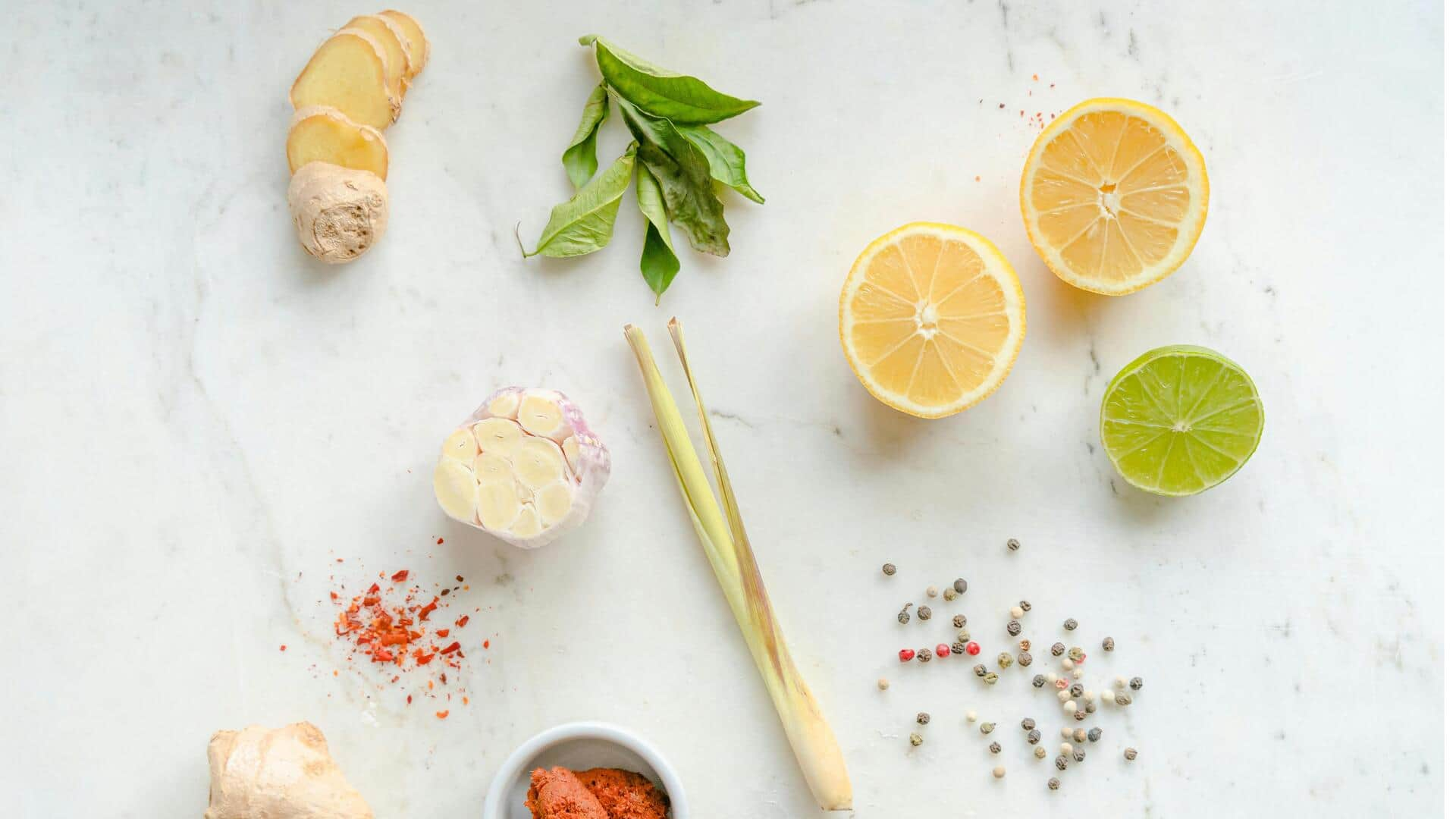
How to grow curry leaves indoor
What's the story
Curry leaves are an essential ingredient in many cuisines, providing a unique flavor and aroma. Growing curry leaves indoors can be a rewarding experience, giving you fresh leaves at your fingertips. With the right conditions and care, you can have a thriving curry leaf plant indoors. Here are some practical tips to help you grow curry leaves successfully in your home environment.
Tip 1
Choosing the right container
Selecting an appropriate container is critical for growing curry leaves indoors. Choose a pot that is at least 12 inches in diameter with drainage holes at the bottom to avoid waterlogging. A clay or ceramic pot is ideal as it allows air circulation through the soil. Make sure the container has enough space for the roots to grow and expand over time.
Tip 2
Providing adequate sunlight
Curry leaf plants need plenty of sunlight to thrive indoors. Place your plant near a south-facing window where it can soak up six to eight hours of direct sunlight every day. If natural light is insufficient, you can also use grow lights to make up for it. Position them about 12 inches above the plant and keep them on for 12 to 16 hours daily.
Tip 3
Maintaining optimal soil conditions
The right soil mix is essential for healthy curry leaf plants. Use well-draining potting soil mixed with organic compost or peat moss to retain moisture without becoming soggy. The soil pH should be slightly acidic to neutral (between six and seven). Regularly check moisture levels by sticking your finger into the soil; water only when the top inch feels dry.
Tip 4
Watering and fertilizing properly
Proper watering is key to keeping your curry leaf plant healthy indoors. Water when the top inch of soil feels dry, but avoid overwatering as this can cause root rot. During the growing season (spring and summer), fertilize every four weeks with a balanced liquid fertilizer diluted to half strength. Reduce feeding during fall and winter when growth slows down.